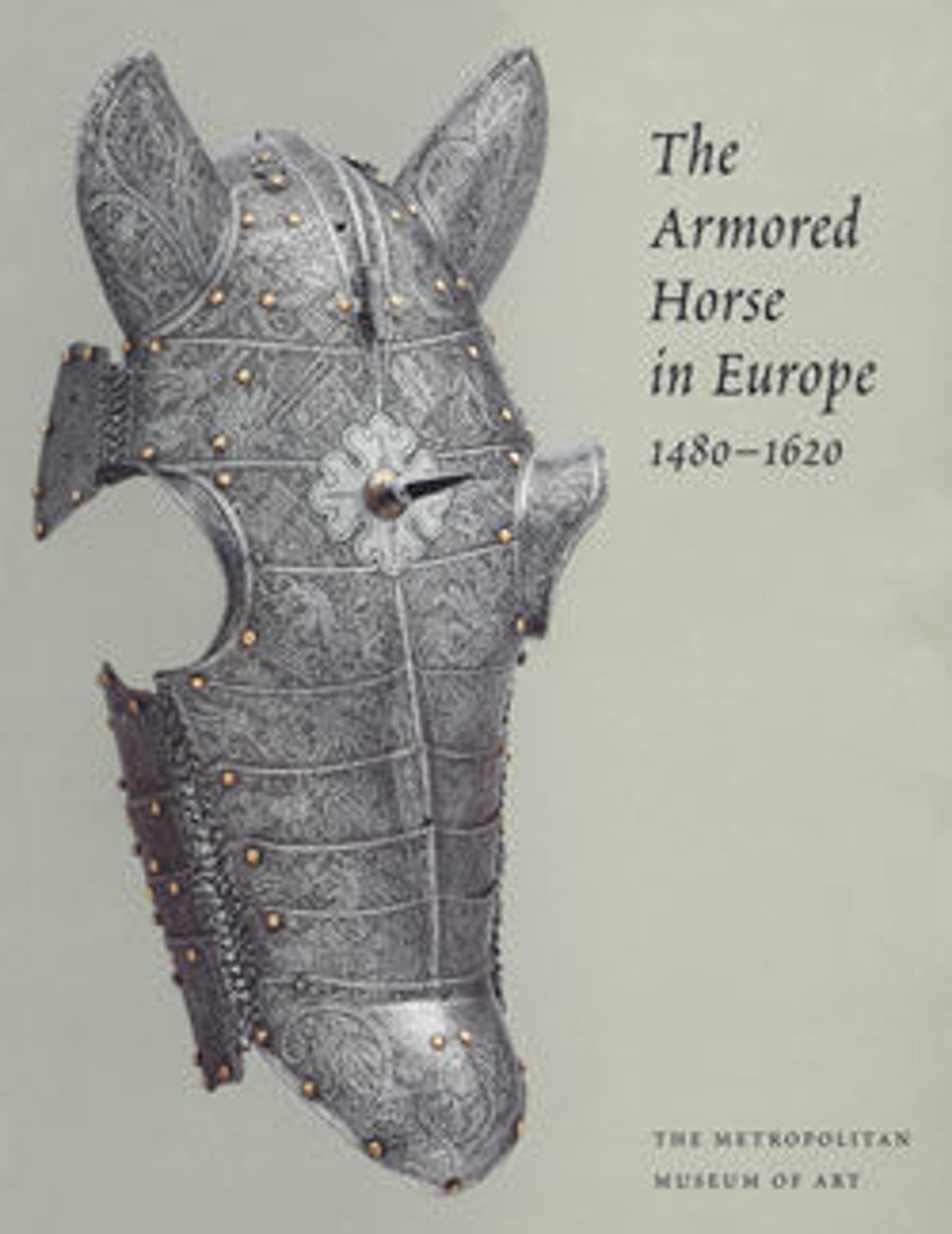Escutcheon Plate of a Shaffron (Horse's Head Defense)
Escutcheon plates probably developed from early reinforces but were later employed primarily for the display of dynastic arms or personal imprese. Occasionally they also incorporated more fanciful motifs of purely decorative type such as this highly original and rare example of anthropomorphic shape and classical decoration. While the motif of a mooress holding a shield reflects the European fascination with "exotic" races, the scene on the shield represents Hercules battling the river god Acheloüs in the guise of a bull. One of his horns, broken off during the fight, was later given to the Goddess of Plenty, the cornucopia henceforth becoming her symbol (two such cornucopiae are embossed above the figure of Hercules).
Artwork Details
- Title: Escutcheon Plate of a Shaffron (Horse's Head Defense)
- Date: ca. 1530–40
- Geography: probably Augsburg
- Culture: German, probably Augsburg
- Medium: Steel, gold
- Dimensions: H. 7 in. (17.9 cm); W. 4 1/2 in. (11.5 cm); Wt. 3 oz. (82 g)
- Classification: Equestrian Equipment-Shaffrons
- Credit Line: Purchase, Mr. and Mrs. Ronald S. Lauder Gift, 1985
- Object Number: 1985.259.2
- Curatorial Department: Arms and Armor
More Artwork
Research Resources
The Met provides unparalleled resources for research and welcomes an international community of students and scholars. The Met's Open Access API is where creators and researchers can connect to the The Met collection. Open Access data and public domain images are available for unrestricted commercial and noncommercial use without permission or fee.
To request images under copyright and other restrictions, please use this Image Request form.
Feedback
We continue to research and examine historical and cultural context for objects in The Met collection. If you have comments or questions about this object record, please contact us using the form below. The Museum looks forward to receiving your comments.
